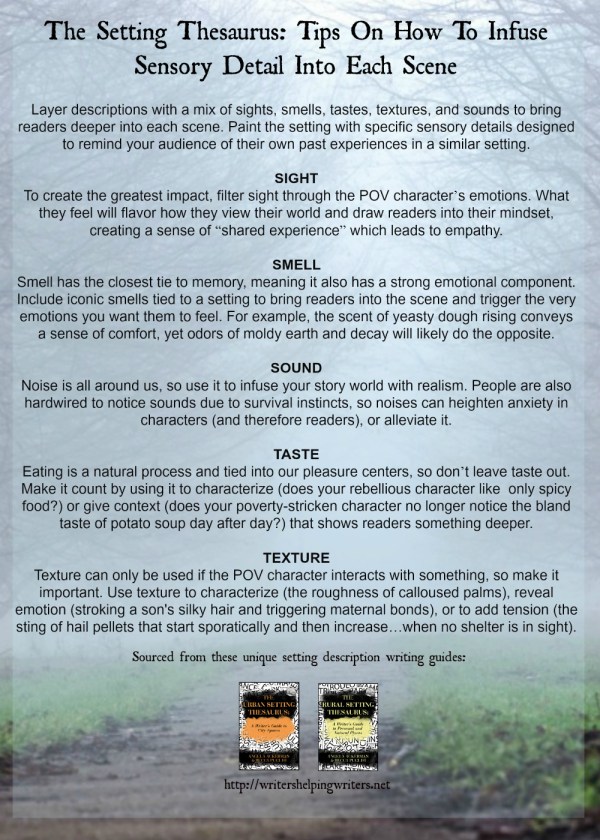
Last night I read my short story to an audience of 80+. My son, brother, and some friends came out to hear me read and accept my award, which made me a little nervous but their presence meant a lot to me. The positive comments afterward helped lift me up from the weariness I and other writers often experience since we usually work in isolation.
Most writers want to write AMAZING prose. Words so delicious that readers can’t wait to scoop up every tasty morsel and flip the page for more.
We want readers to feel emotion when we compose our sentences, to get goosebumps and shivers of excitement. We want readers to be inside the story. We want them to see what we see, hear what we hear, and be right where we are in our head.
Writers want to take the reader into the ghostly forest, a medieval castle, far-flung flung planet, or inside a prison.
So how do you amp up your writing?
- Describe what the characters experience without telling them the emotion, i.e. fright, sadness. Describe the sensory details. Use the five senses: Sight, sound, taste, smell and touch. There are really six, but more about that one later.
Don’t tell me the moon is shining; show me the glint of light on broken glass. Anton Chekhov
This is my stack of books on writing. The ones by Stephen King, Ann Lamott, and Natalie Goldberg are hiding somewhere:

All of these are great books for the mechanics of writing but my go to book isn’t in that stack. It’s on my Kindle.

This book describes the sixth sense: Emotions. There are 75 emotions described by the possible body language cues, thoughts, and visceral responses for each. I also have the companion e-book called Emotional Amplifiers. (The latter book is free).
2. Create compelling characters who have strengths and weaknesses, who are unique in their own way, and who have qualities worth rooting for or caring about. Show some physical characteristics, some language quirk and some personality. Give the reader a character worth remembering.
3. Create the mood by describing the setting. Again, the reader needs to be immersed in the story by visualizing the scene.
Here are some helpful tips on how to incorporate sensory details in your writing:

And here’s some handy tips for creating the mood of your scenes.

These books, The Setting Thesaurus, aren’t out yet, but I’m watching Writers Helping Writers website for the launch date, which right now is June 13, 2016. I’m excited and marked my calendar for their arrival.
I’ve pinned these charts to my “Writing Tips-Fiction” on my Pinterest boards for future reference. You might want to do the same.

You are super-terrific, that’s what I think! What a lovely shout out–thank you so much, Mona. We have some of the same books. I love Self Editing For Fiction Writers too…pure gold!
LikeLiked by 1 person
I’m so happy you stopped by! Thank you, for your books, resources & helping writers.
LikeLiked by 1 person
Can I add a point? 4. Write what you feel. Or turn it around and feel what you write. Without that, it can all go brittle very quickly.
LikeLike
#4: “…feel what you write.” Definitely!
LikeLike
Congratulations on your win!
LikeLiked by 1 person
Thank you, Sabra.
LikeLike
Congrats on winning your award! What a great feeling that must have been. And thank you for the awesome shot in the arm about our books. You are too kind!
LikeLike
The award was like a shot of adrenaline after receiving a rejection this week. Thank you, though for stopping by.
LikeLike
Nice tips, Mona. Glad you got to read your work to so many people, and congratulations on your award! How exciting!
LikeLike
The ceremony had me jazzed up a bit. I’ve had several people ‘pin’ the tips already. Thanks for stopping by, Jennifer.
LikeLike
Great tips! And hearty congrats on your award! 😊👍
LikeLike
Thank you and I’m glad you found the tips useful.
LikeLike
Congratulations on the award! And thank you for all the tips!
LikeLiked by 1 person